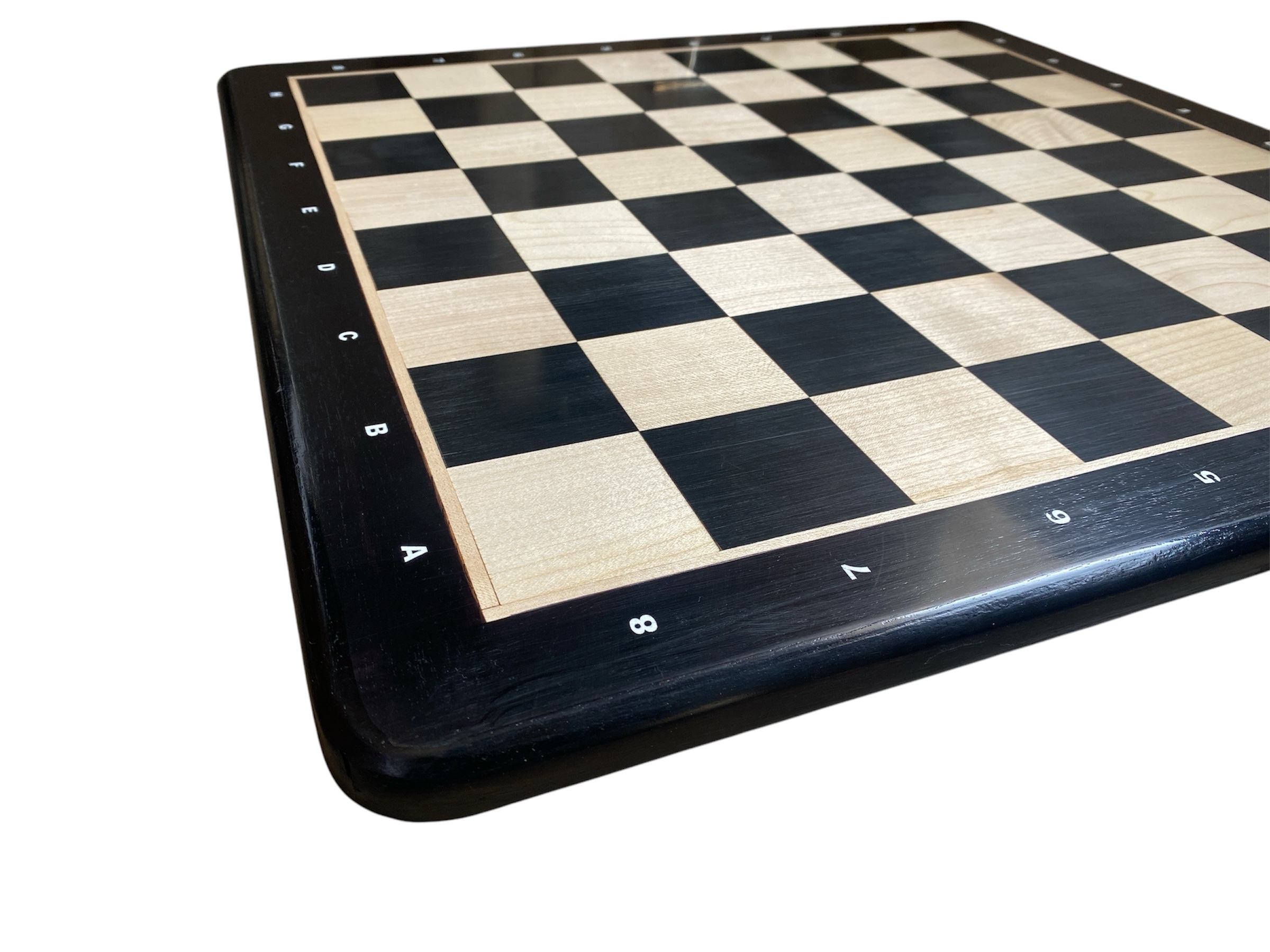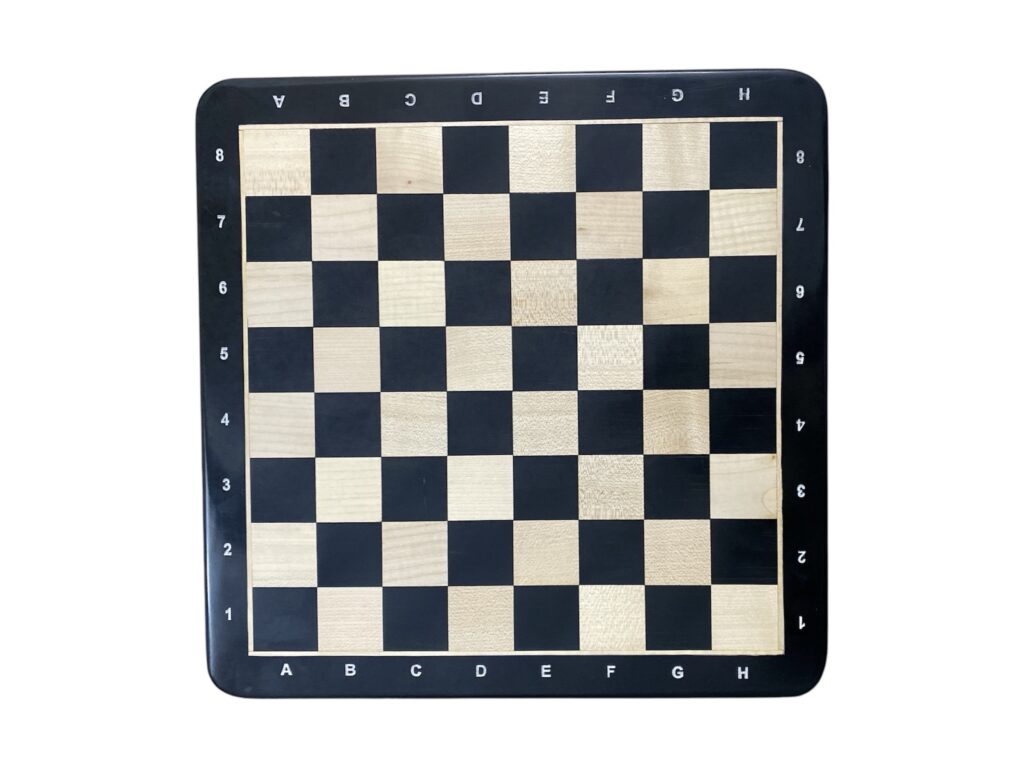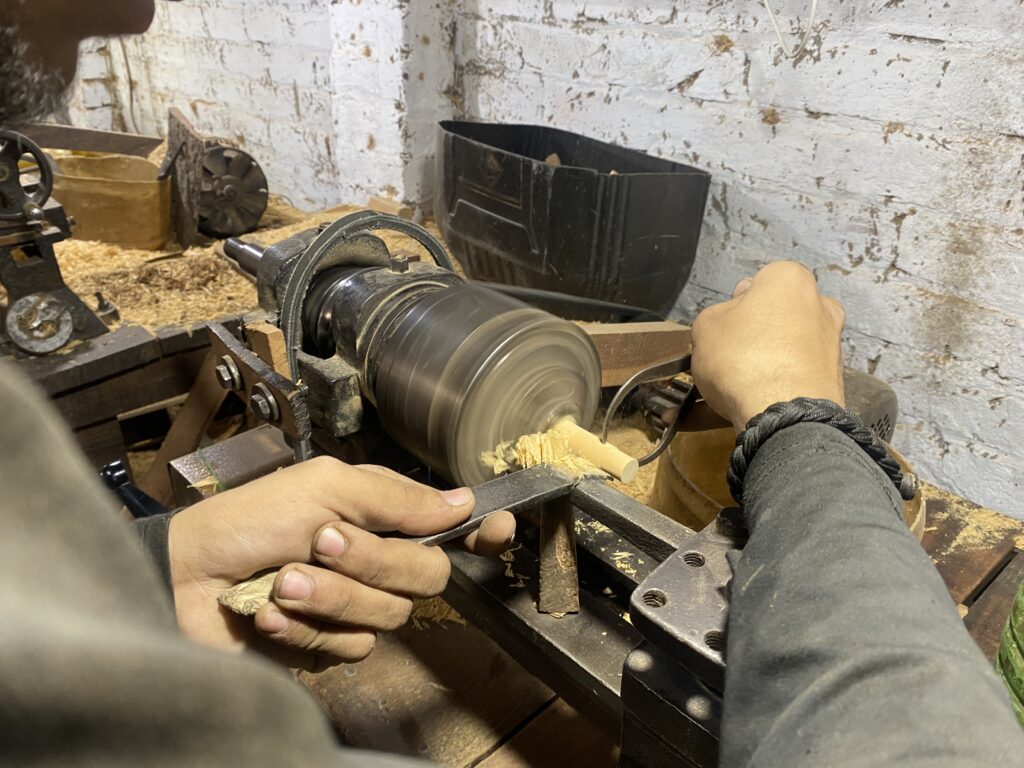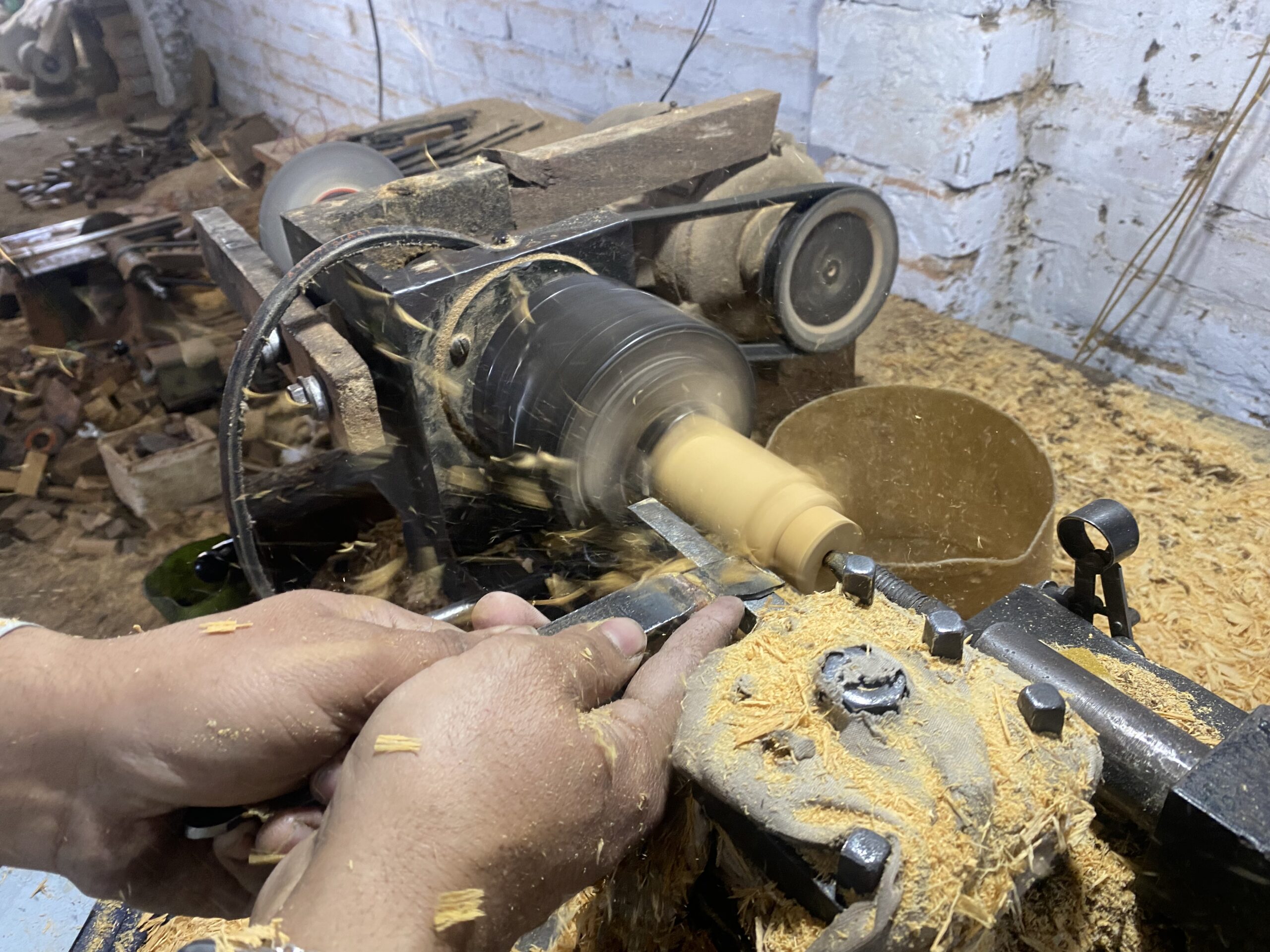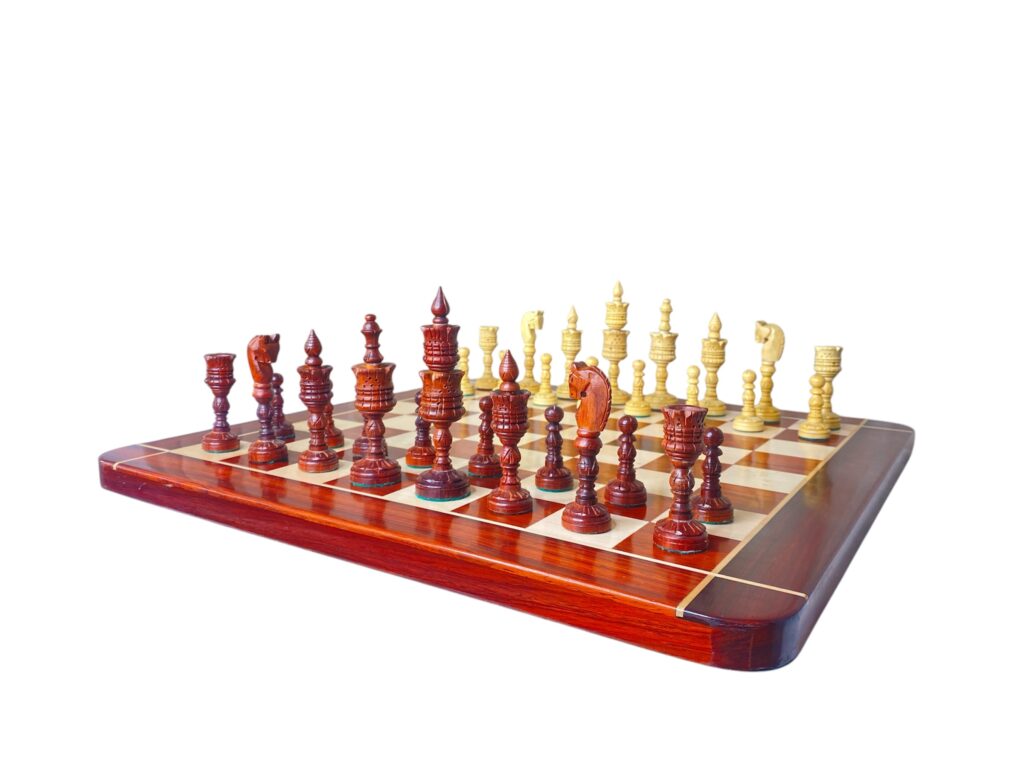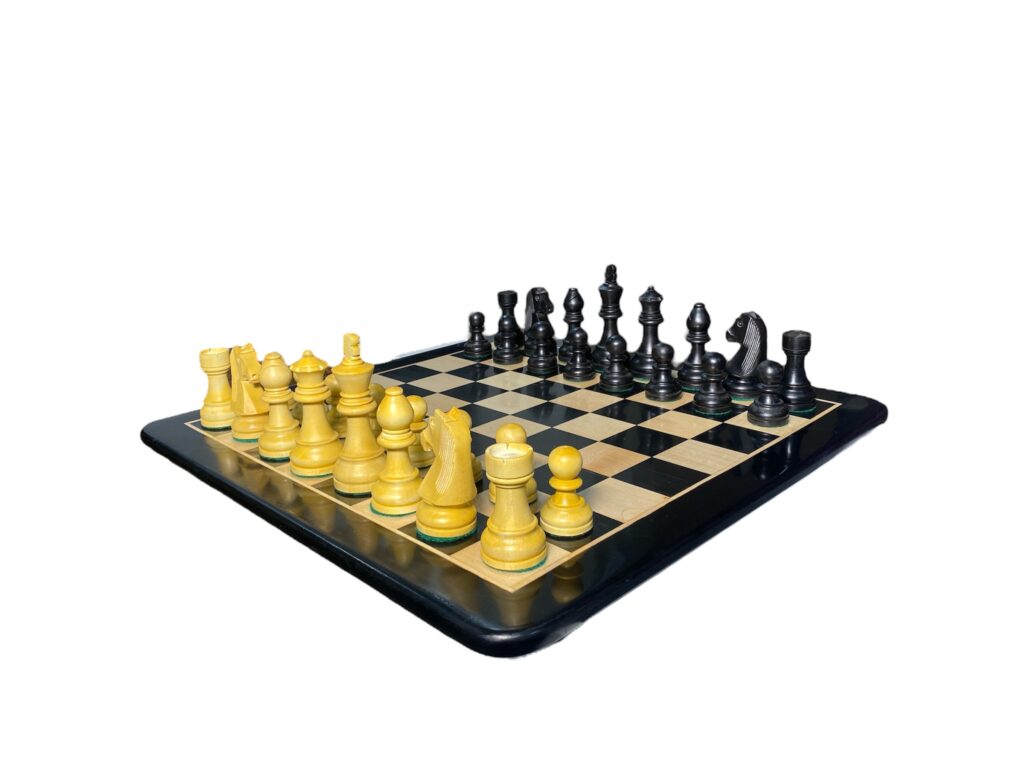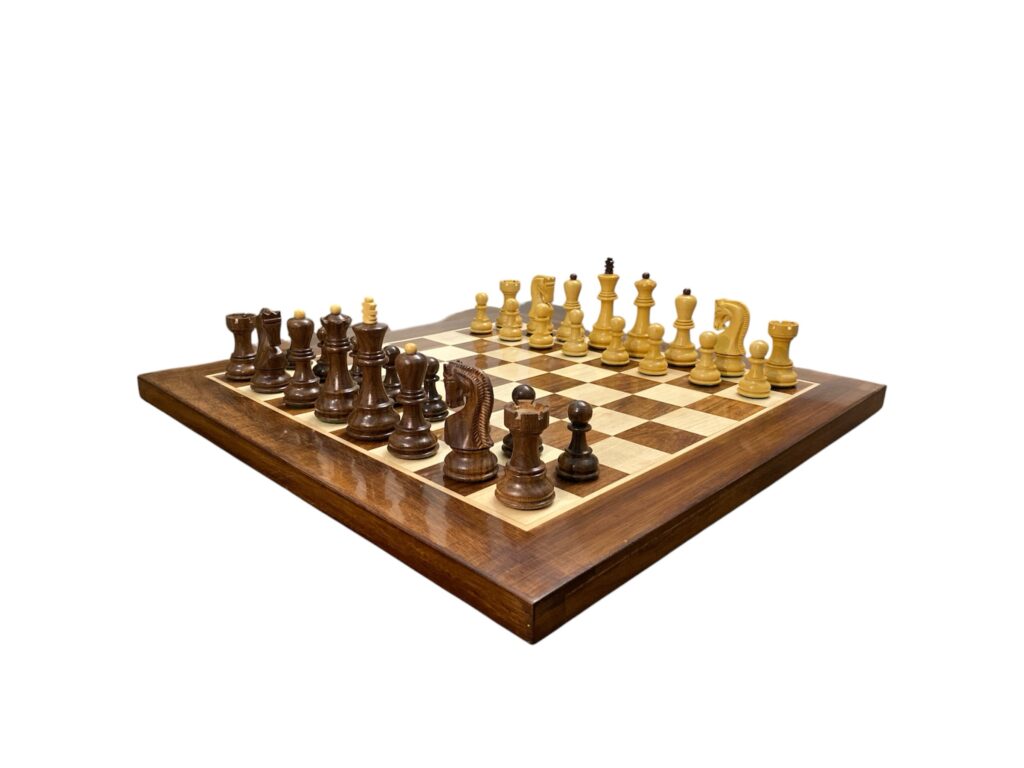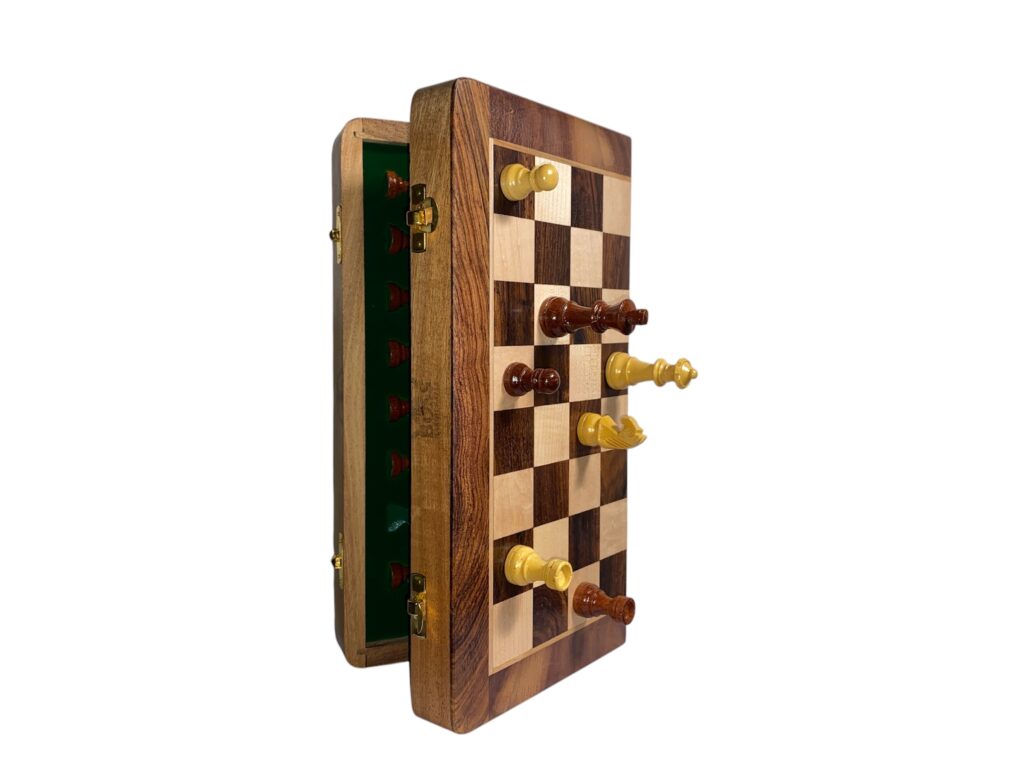Mastering the Dutch Defense: A Grandmaster’s Guide

Introduction to the Dutch Defense

The Dutch Defense is a dynamic and aggressive opening choice employed by Black following the move 1.d4. This opening is characterized by its capacity to create a robust and asymmetrical pawn structure that enables Black to mount a counteroffensive against White’s central control. By utilizing the Dutch Defense, players aim to disrupt their opponent’s plans and introduce uncertainties into the position, which can lead to exciting tactical possibilities.
Moreover, the versatility of the Dutch Defense has drawn attention in various competitive circles. It is not uncommon to see this opening employed in both casual games and high-level tournaments alike. As players delve into studying the nuances of the Dutch Defense, they often find it a suitable option for building their repertoire with a refreshing approach. The essence of this defense challenges preconceived notions of passive responses, imparting to players the importance of counterattacking schemes.
In summary, the Dutch Defense stands out as a bold and complex choice well-suited to players seeking an aggressive stance against 1.d4. By understanding the fundamental principles underpinning this opening, players can enhance their skill set and explore rich tactical opportunities on the board.
Key Principles of the Dutch Defense
The Dutch Defense is a dynamic choice for players seeking to gain an offbeat yet effective opening against 1.d4. At its core, this defense is characterized by a few key principles that enable players to exert control over the game from the very beginning. One central tenet of the Dutch Defense is the importance of controlling the e4 square. This element is crucial, as it allows Black to contest the center and limit White’s options. By opting for pawn moves such as …f5, Black actively challenges White’s ability to dominate the center.
Another essential principle of the Dutch Defense is active piece development. Players are encouraged to develop their pieces harmoniously, focusing on optimal squares to ensure they can participate fully in the middle game. In particular, the development of the dark-squared bishop is a strategic consideration. Often, this leads to a fianchetto setup where the bishop is positioned on g7, exerting long-range pressure on the center and targeting the opposing side. This fianchetto not only contributes to piece activity but also supports Black’s pawn structure, which is a vital aspect of the Dutch Defense.
In conjunction with control of the center and piece activity, the pawn structure of the Dutch Defense plays a significant role. Typically, Black aims for a robust pawn formation that strengthens control over central squares while providing flexibility for future maneuvers. The placement of pawns on d5 and f5 can create a resilient foundation, as well as potential tactical opportunities against White. Understanding the underlying concepts of central control, active piece development, and strategic pawn structure can greatly enhance a player’s effectiveness when employing the Dutch Defense. As one explores this opening further, these principles serve as guiding pillars in the quest for mastery.
Early Moves and Variations
The Dutch Defense is well-known for its solid yet aggressive nature, popularized by various grandmasters over the years. It begins with the moves 1.d4 f5, effectively challenging White’s center control. By deploying the f5 pawn early, Black aims to establish a strong foothold while retaining opportunities for counterplay. The ensuing move order is crucial as it sets the tone for many variations that characterize the Dutch Defense.
One of the mainlines emerging from this opening is the Classical Variation, which allows Black to develop their pieces harmoniously while safeguarding the pawn structure. In this setup, after 1.d4 f5 2.c4 Nf6 3.Nf3 e6, Black prepares to develop the dark-squared bishop, potentially to e7 or d6, while keeping options open for a kingside fianchetto. Here, strategic ideas often revolve around controlling the e5 square and leveraging the central pawns effectively.
Another widely practiced variation is the Leningrad Variation. Following the moves 1.d4 f5 2.c4 Nf6 3.Nf3 g6, Black plays a setup aiming for dynamic piece play and pawn storm opportunities on the kingside. The key tactical motifs in this variation often include swiftly mobilizing the pieces for an attack against White’s king while maintaining a solid defense through the e6 and f5 pawns.
The Stonewall Variation emerges after 1.d4 f5 2.c4 e6 3.Nf3 Nf6 4.e3 d5. This formation involves a strong centralized pawn structure that maximizes the control of important squares. The focus here is on generating flexibility in piece development while ready to counter any central breakthroughs from White. Knowing the specific traps and tactical ideas for each of these variations is fundamental for anyone looking to master the Dutch Defense.
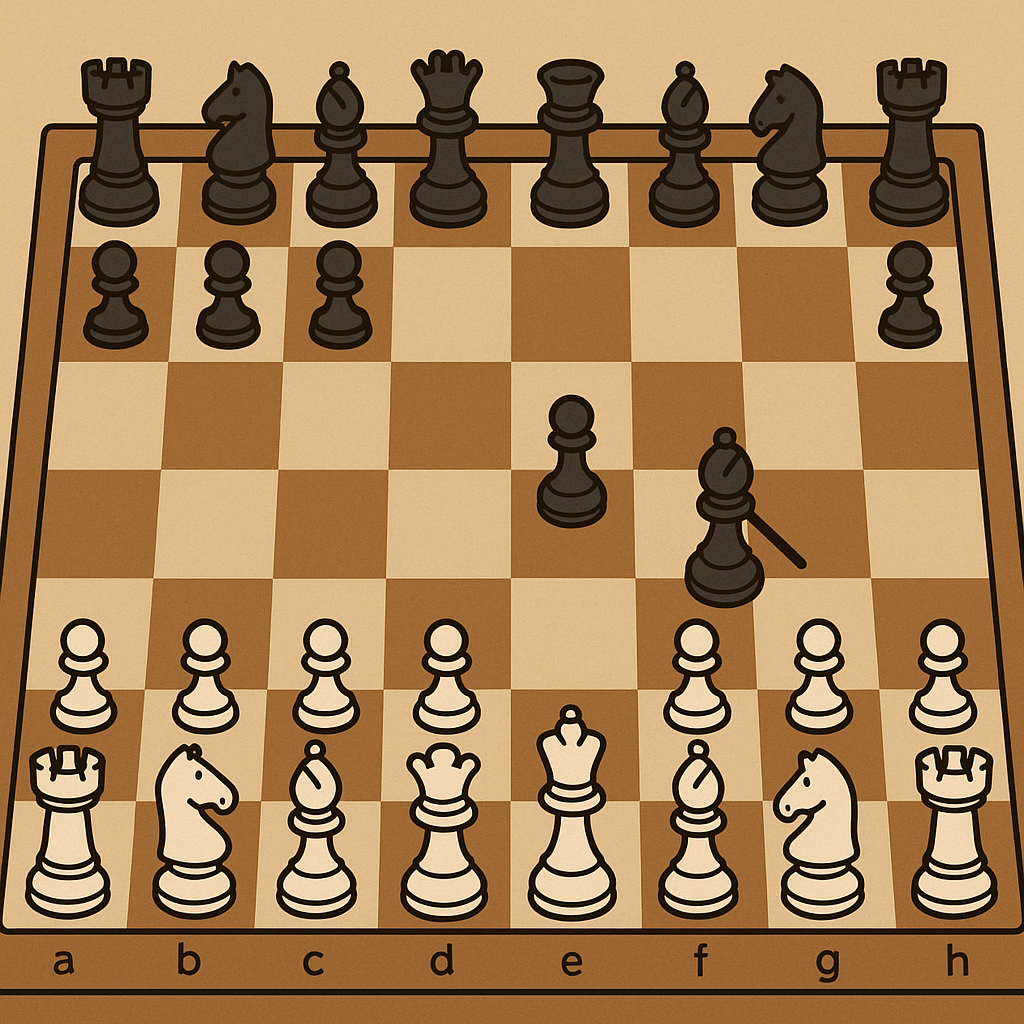
Strategic Ideas Behind the Dutch Defense
The Dutch Defense is a provocative and dynamic choice for Black, emphasizing a variety of strategic ideas that can ultimately lead to a successful middle-game. At its core, this opening seeks to create a strong foothold in the center while also providing opportunities for tactical strikes. One of the primary goals of the Dutch Defense is to prepare a robust pawn structure, often centered around the e5 square. This central pawn break can lead to an immediate challenge to White’s central control, so understanding the timing and execution of such pawn advances is crucial.
Another salient aspect of the Dutch Defense is the development of wooden chess pieces to create maximum pressure on White’s position. Depending on White’s response, players are encouraged to position their knights and bishops actively, often looking to place the pieces on more aggressive squares. For example, after a move like …Nf6 and …e6, the development of the dark-squared bishop to e7 or f6 can add significant pressure to White’s center while also preparing for potential kingside attacks.
Furthermore, players should consider how to exploit weaknesses in White’s setup. One common plan involves creating pawn breaks on the kingside, thus allowing for the participation of rooks and queens in the assault. For those playing with a luxury chess set, the tactile experience of wooden chess pieces makes the strategic planning more engaging, supporting this carefully calibrated assault. When positioned on a flat chessboard, the subtle movements and structure lend themselves to deeper tactical insights and a greater appreciation of the game.
The Dutch Defense, while promoting an aggressive posture, also requires the maintanance of solid piece coordination. Players must remain vigilant for tactical shots and momentary lapses in White’s defensive formation. By leveraging the rich strategic concepts underlying this opening, players can navigate the complexities of the Dutch Defense, enhancing their overall understanding of the game.
Famous Games Demonstrating the Dutch Defense
The Dutch Defense, a compelling opening choice for many chess enthusiasts, has been a battleground for numerous famous games involving illustrious players such as Viktor Korchnoi and Magnus Carlsen. By examining pivotal matches, we can uncover the nuances and strategic depth that this opening offers. One notable game to consider is Korchnoi’s clash against Anatoly Karpov in their 1974 World Championship match. Korchnoi opted for the Dutch Defense, employing a variant that allowed him to maintain a dynamic pawn structure while creating opportunities for counterplay.
In the opening moves, Korchnoi’s choice demonstrated the potential of the f-pawn, expanding his territory on the kingside. The subsequent development of his wooden chess pieces was meticulously calculated to create threats while allowing for flexibility in his position. Key moments included Korchnoi’s strategic play around the center, showcasing the tactical potential of the Dutch Defense, which often surprises opponents accustomed to more classical openings. This game not only exemplified Korchnoi’s prowess but also illustrated the rich possibilities inherent in the Dutch Defense.
Magnus Carlsen’s use of the Dutch Defense against Hikaru Nakamura serves as another prime example. In their 2016 encounter, Carlsen employed a more modern interpretation while navigating through the complexities of a travel chess environment at a tournament. His execution of the opening led to a compelling middle game where he demonstrated exceptional maneuvering with his wooden chess pieces. Carlsen’s understanding of pawn structure and piece activity was crucial in exploiting Nakamura’s missteps. This game highlights not only Carlsen’s skill but also the effectiveness of the Dutch Defense in elite competition.
By analyzing these famous games, we can appreciate the adaptability and tactical richness of the Dutch Defense. Such encounters testify to its viability as a luxury chess opening and its relevance in contemporary chess.” In conclusion, the Dutch Defense remains a powerful weapon in the arsenals of world-class players, underscoring its timeless appeal in the chess world.
Common Mistakes and How to Avoid Them
When employing the Dutch Defense, players, especially novices, often make certain mistakes that can negatively impact their game. One prevalent error is neglecting piece development. In the Dutch Defense, while it might be tempting to build a strong pawn structure early on, players should prioritize developing their wooden chess pieces. This includes moving knights and bishops into effective positions that support the center of the board. Failure to do so can lead to a lack of control in the middle game, where piece activity is crucial.
Another common mistake involves overextending pawns. The Dutch Defense typically features a solid pawn structure that can become vulnerable if players push their pawns too aggressively. While keeping your wooden chess pieces and pawns harmonized is essential, maintaining a balanced approach is key. Players should focus on creating a flexible setup that allows for both defense and counter-attack without compromising their pawn integrity.
To avoid these pitfalls, it is important to follow some strategies. First, regularly assess your piece development and make it a priority. Even if it means temporarily allowing the opponent to advance, ensuring your pieces are active can lead to significant advantages. Utilize your pawns not as a means for immediate victory but as a foundation for stronger piece positioning as you transition into the middle game.
Additionally, playing on a wooden chessboard during practice can help visualize and evaluate various positions more effectively. By consistently honing your skills and understanding the subtleties of the Dutch Defense, you can significantly reduce the possibility of falling into these common traps. In this way, players can ensure they maintain a robust and well-rounded approach as they progress through their games, culminating in a more successful experience overall.
Who Uses the Dutch Defense Today?
The Dutch Defense has reemerged in contemporary chess, predominantly favored by aggressive and creative players who appreciate its dynamic nature. Among those who frequently employ this opening is the renowned Grandmaster Anish Giri. Giri’s versatile playing style complements the Dutch Defense, allowing him to cultivate complex and rich positions that can bewilder opponents. His successful implementation of this opening in high-stakes tournaments has breathed new life into its relevance within modern strategies, showcasing its potential to surprise adversaries who are not adequately prepared for such a daring approach.
Another distinguished practitioner of the Dutch Defense is Grandmaster Levon Aronian. Known for his deep understanding of various openings, Aronian has adapted the Dutch Defense to fit his unique tactical vision. His ability to generate dynamic play with wooden chess pieces on the chessboard has often led to memorable victories. His insightful approach to the Dutch Defense often emphasizes both counterattacking possibilities and positional understanding, demonstrating that this opening can retain its potency alongside traditional approaches.
Additionally, players such as Dutch Grandmaster Loek van Wely have championed the opening for years, contributing valuable insights and commentary. His extensive experience with the Dutch Defense highlights its adaptability in varied contexts, allowing it to remain pertinent in both classical and rapid formats. Notably, the Dutch Defense is becoming increasingly popular among younger generations of players, who are drawn to its aggressive stance and the thrill of challenging their opponents from the outset. This trend illustrates how the wooden chessboard can serve as a vibrant platform for innovation through established openings like the Dutch Defense.
Psychological Aspects of the Dutch Defense
The Dutch Defense is not merely a strategic choice on the chessboard; it embodies a psychological approach to understanding opponent dynamics and creating imbalanced positions. When players opt for the Dutch Defense, they often seek to disrupt the equilibrium typically enjoyed by White in the opening phase. The way this opening functions is intrinsically linked to the mindset and psychological resilience required to navigate the ensuing complexities. Such positions can unsettle opponents who prefer to engage in more conventional opening tactics, forming the cornerstone of one’s psychological strategy.
Engaging with the Dutch Defense necessitates a willingness to embrace dynamic gameplay. The inherent asymmetry of positions arising from this opening can apply pressure on White, compelling them to either make errors in their plans or to adopt a defensive demeanor. Thus, the psychological advantage lies in the ability to stay unpredictable and potentially unnerve the opponent. Players must cultivate a mindset that is both aggressive and flexible, allowing them to shift tactics fluidly as the game evolves. This adaptability is essential for maintaining momentum and leveraging the imbalanced nature of the positions created.
Moreover, it is crucial for players employing the Dutch Defense to manage their psychological state amidst the fluctuating fortunes of the game. Confidence becomes paramount when navigating these positions, as opponents may become frustrated or overly cautious. Cultivating an atmosphere of resilience when faced with pressure can lead to a favorable outcome. Ultimately, understanding the psychological implications of the Dutch Defense can significantly enhance a player’s performance. By fostering a deep appreciation for the nuances of the game, players can take full advantage of their wooden chess pieces and wooden chessboards, all while displaying the luxury chess experience suited to any setting.
Conclusion: Embracing the Dutch Defense
The Dutch Defense stands out as a distinctive and strategic choice for chess enthusiasts seeking to diversify their repertoire. This opening not only presents unique tactical opportunities but also encapsulates a robust philosophy of play that can be appealing to players at all levels. Its inherent asymmetry provides a challenging yet rewarding experience, often leading to unbalanced positions that can catch opponents off guard. The vibrant nature of the Dutch Defense, characterized by control of the center and dynamic piece play, encourages players to embrace an offensive mindset.
While some may view the opening as unconventional, the Dutch Defense has been utilized effectively by many top-level players, demonstrating its viability in high-stakes competitions. By adopting this approach, players can foster their creativity and tactical awareness while engaging with the richness of chess strategy. The flexibility of this defense allows for various transitions into different types of middlegame positions, enabling players to adapt their plans according to the opponent’s responses. As they become familiar with the typical motifs and ideas, players can enjoy a deeper understanding of the dynamics inherent in their games.
Incorporating the Dutch Defense into one’s playing style not only enhances skill but also provides a fresh perspective on chess. With dedicated practice and thorough study of the patterns and tactics associated with this opening, anyone can master the nuances of the Dutch Defense. Players will find that its rich complexity offers a fulfilling and enjoyable challenge, akin to owning a luxurious wooden chess set where each piece plays a crucial role in the larger strategy. In conclusion, mastering the Dutch Defense can be a deeply rewarding endeavor, leading to both personal growth and artistic fulfillment in the game of chess.






